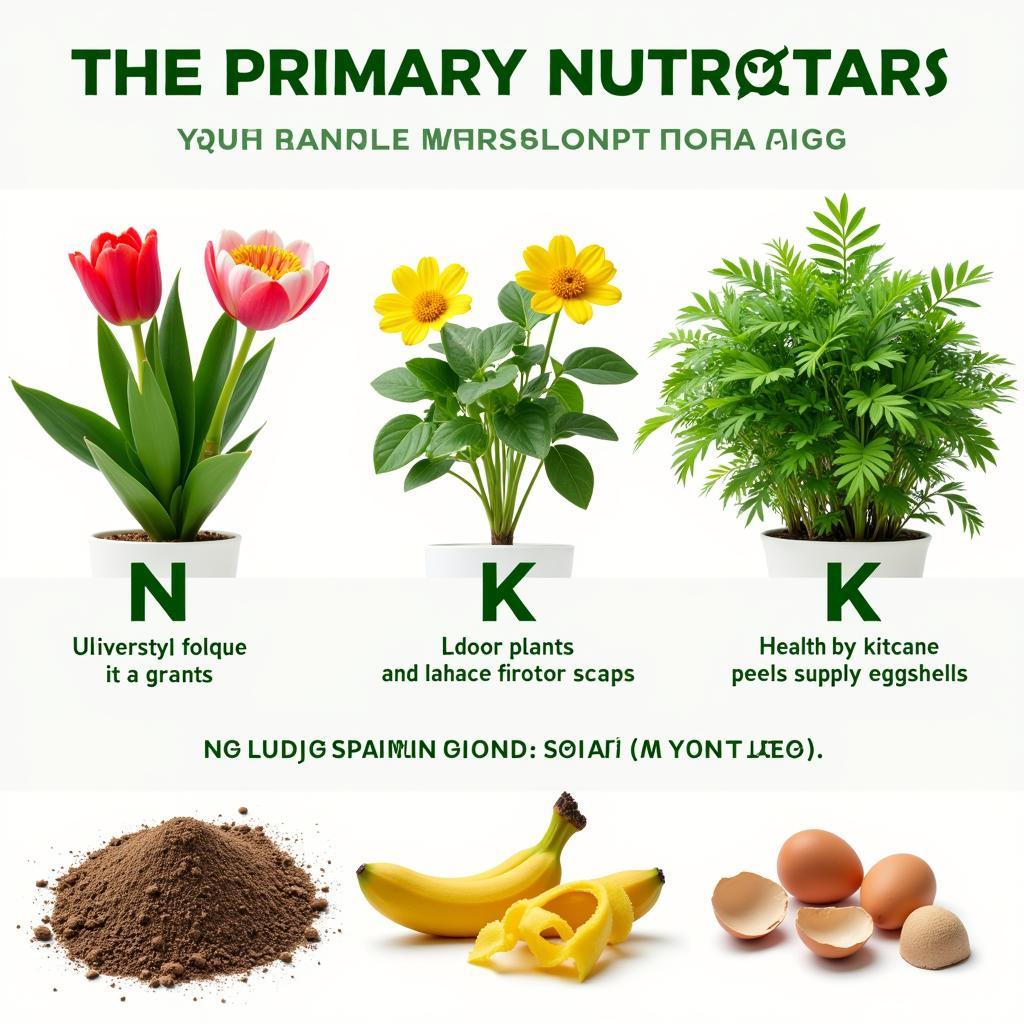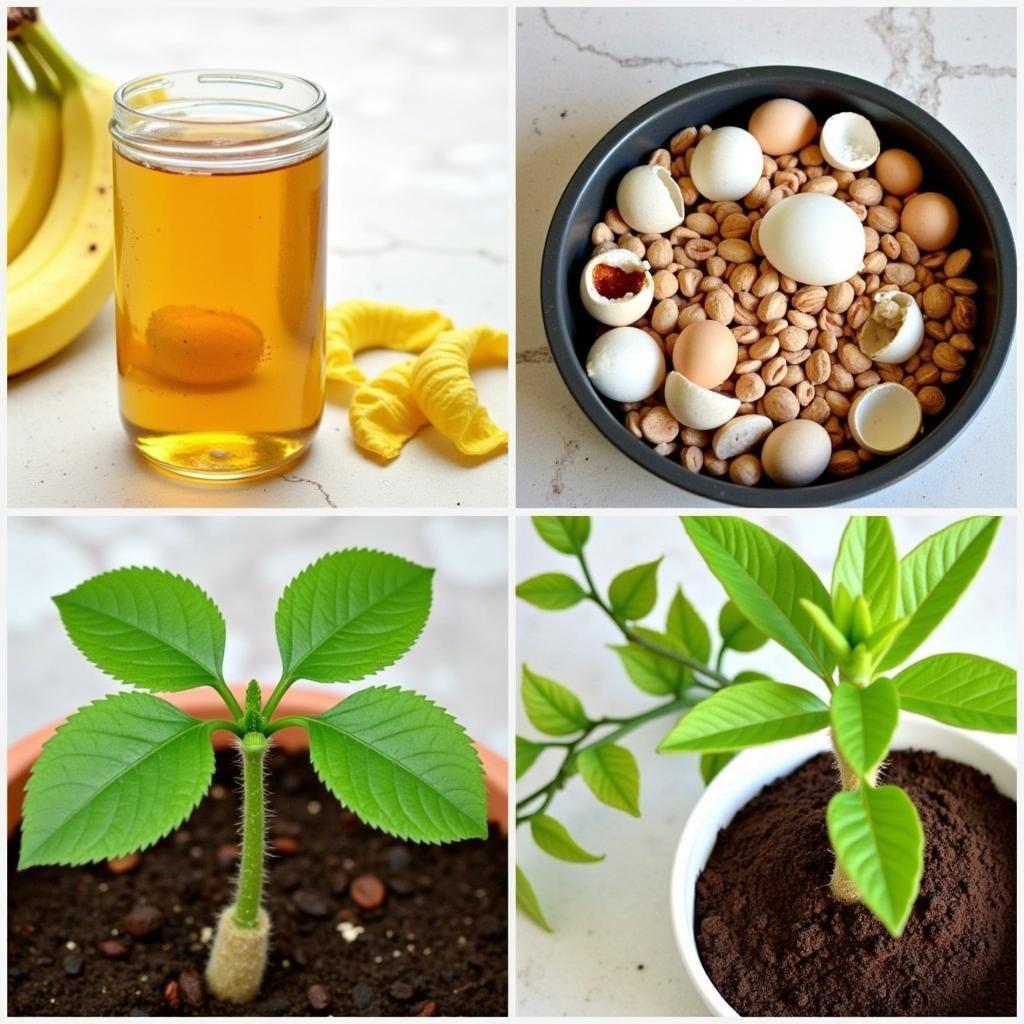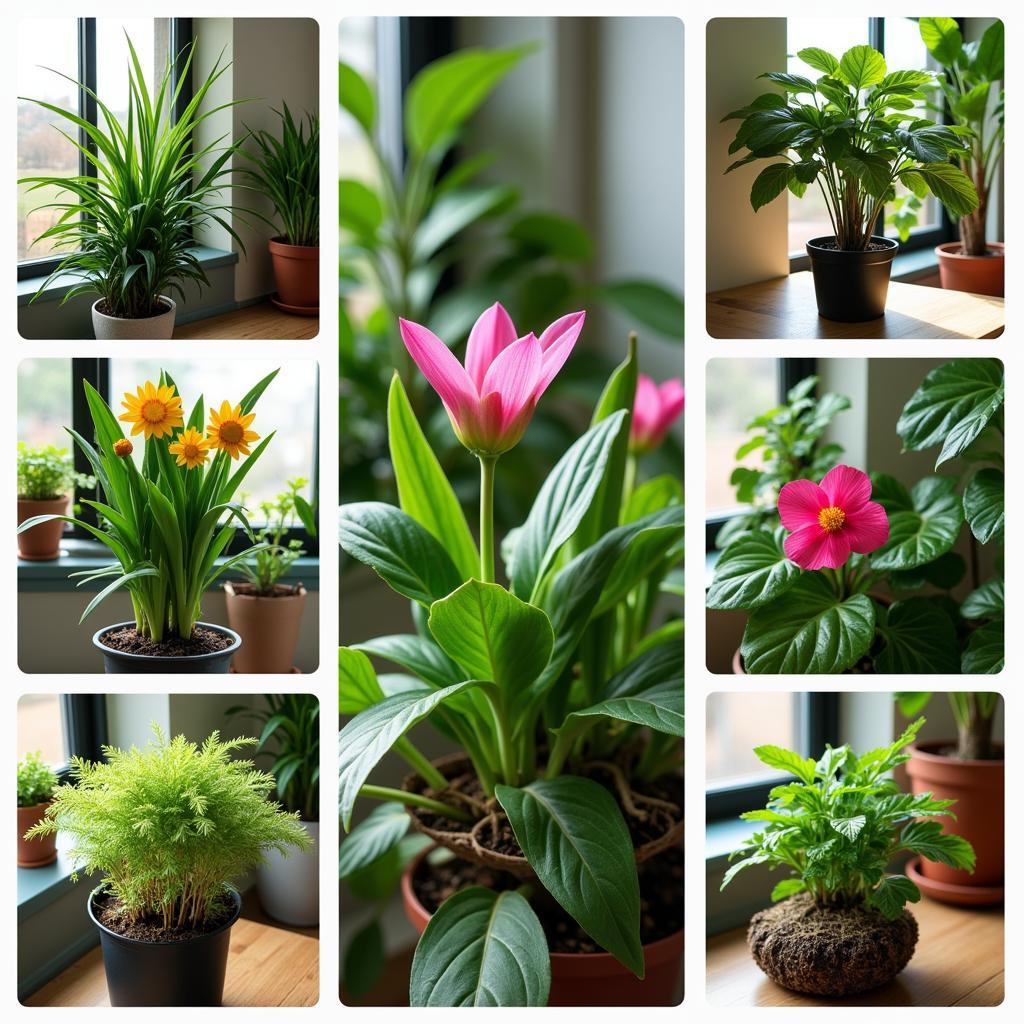Creating your own Homemade Indoor Plant Food is a rewarding experience. It’s not only cost-effective but also allows you to control the ingredients and ensure your plants receive the best possible nourishment. This guide explores the benefits and provides easy-to-follow recipes for homemade indoor plant food. Discover how to give your leafy companions the boost they need to thrive. Learn about crafting homemade indoor plant food today!
Why Choose Homemade Indoor Plant Food?
Commercial fertilizers can be expensive and often contain chemicals that might not be ideal for your indoor environment. Making your own homemade indoor plant food gives you complete control over what goes into it. You can tailor the nutrients to your plants’ specific needs and avoid harsh chemicals, creating a healthier environment for both your plants and your home. Plus, using kitchen scraps for homemade indoor plant food reduces waste and contributes to a more sustainable lifestyle. For more tips on indoor plant care, check out our guide on plant food for tropical plants.
Essential Nutrients for Thriving Indoor Plants
Just like us, plants need a balanced diet to flourish. The primary nutrients they require are nitrogen (N), phosphorus (P), and potassium (K), often referred to as NPK. Nitrogen promotes leafy growth, phosphorus supports root development and flowering, and potassium contributes to overall plant health and disease resistance. Understanding the role of these nutrients is crucial when creating homemade indoor plant food.
 Essential Nutrients for Homemade Plant Food
Essential Nutrients for Homemade Plant Food
Easy Homemade Indoor Plant Food Recipes
There are numerous ways to create effective homemade indoor plant food using common household items. Here are a few simple and effective recipes:
Banana Peel Tea
Banana peels are rich in potassium, making them a fantastic natural fertilizer. Simply soak banana peels in water for a few days, then strain the liquid and use it to water your plants. This “banana tea” is a gentle yet effective way to boost potassium levels. Have you ever considered playing games with your food inside? Check out our article on indoor play with food.
Eggshell Fertilizer
Crushed eggshells provide a slow-release source of calcium, which is essential for cell wall development. Dry and crush eggshells, then sprinkle them around the base of your plants. Over time, the calcium will leach into the soil, strengthening your plants from the ground up.
Coffee Grounds for Acid-Loving Plants
Coffee grounds are slightly acidic and can be beneficial for acid-loving plants like ferns and azaleas. Mix used coffee grounds into the soil to lower the pH and provide a slow-release source of nitrogen. Looking for specialized plant food? Find out more about air plant food.
 Easy DIY Plant Food Recipes
Easy DIY Plant Food Recipes
Tips for Using Homemade Plant Food
-
Dilute: Always dilute homemade plant food before applying it to your plants to avoid overwhelming their roots. Start with a weak solution and gradually increase the concentration as needed.
-
Frequency: Feed your plants with homemade indoor plant food every 2-4 weeks during the growing season (spring and summer). Reduce or stop feeding during the dormant period (fall and winter).
-
Observation: Pay close attention to your plants’ response to the homemade plant food. Adjust the frequency and concentration based on their growth and overall health. If you’re looking for comprehensive information about homemade plant food for indoor plants, you can visit homemade plant food indoor plants.
Expert Insights on Homemade Plant Food
“Using homemade plant food is a fantastic way to nurture your indoor plants while minimizing environmental impact,” says renowned horticulturist, Dr. Emily Carter. “It’s a simple yet effective approach to sustainable gardening.”
“The key to successful homemade plant food is understanding the nutritional needs of your specific plants,” adds experienced gardener, Mr. David Green. “Tailoring the ingredients accordingly can make a significant difference in their growth and vitality.”
 Indoor Plants Thriving on Homemade Food
Indoor Plants Thriving on Homemade Food
Conclusion
Creating homemade indoor plant food is a rewarding and sustainable way to nourish your indoor oasis. By understanding the basic principles of plant nutrition and following these simple recipes, you can ensure your plants receive the essential nutrients they need to thrive. Start making your own homemade indoor plant food today and enjoy the benefits of a healthier and more vibrant indoor garden!
FAQ
- How often should I use homemade plant food?
- Can I use tap water for making homemade plant food?
- What are some signs of over-fertilizing?
- Are there any plants that shouldn’t be fed with homemade plant food?
- Can I store homemade plant food?
- What are some other kitchen scraps I can use for plant food?
- How do I adjust the pH of my homemade plant food?
Need further assistance? Contact us! Phone: 02437655121, Email: minacones@gmail.com or visit us at 3PGH+8R9, ĐT70A, thôn Trung, Bắc Từ Liêm, Hà Nội, Việt Nam. We have a 24/7 customer support team ready to help.